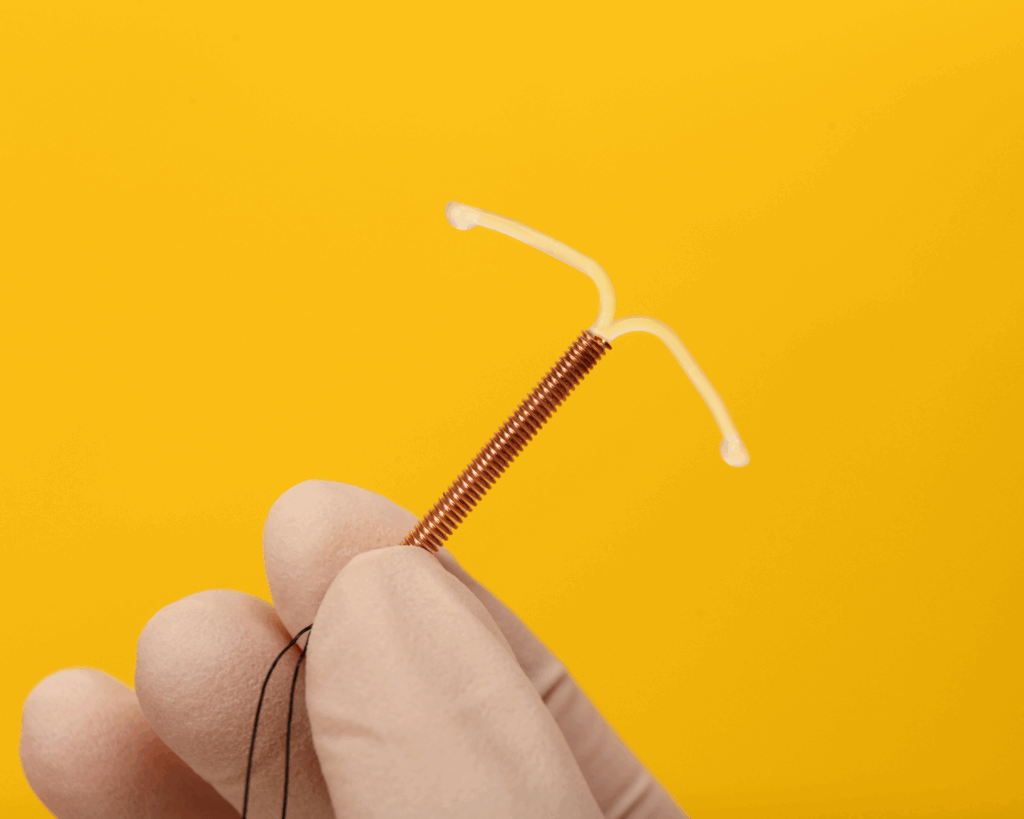Birth Control During Covid-19
A deeper understanding of the impacts of telecontraception can help promote creative solutions that persist long after social distancing ends.

Read Time: 4 minutes
Published:
Telemedicine is experiencing unprecedented growth and popularity in response to the coronavirus pandemic. The ability to see a health care provider without leaving home has considerable individual and societal health benefits, particularly given the importance of social distancing to mitigate the threat posed by Covid-19. It is also, as many have long noted, convenient and has the potential to remove barriers to care. In response, some scholars are already looking to a future in which its expansion becomes the norm.
While the global pandemic and corresponding push for social distancing prompted the need for many practice areas to develop telemedicine platforms essentially from scratch, the shift towards virtual care for access to hormonal contraception was underway well before the emergence of Covid-19. In our research, published last summer, we described the rise of online-based contraception services (telecontraception). These services, which include both smartphone applications and websites, enable women to access a birth control prescription without an in-person clinic visit. In some cases, these services allow for delivery of contraception directly to women’s front doors.
The appeal of these services appears to be rising and even more so in the context of Covid-19. Since we conducted our research in February of 2019, telecontraception services have grown in both size and offerings, including expanding into new locations and increasing the range of available services. Telecontraception apps are also experiencing surges in requests for prescriptions during lock-down periods, with Nurx, PlushCare, PRJKT RUBY, and Pill Club all reporting increases in patients and requests in March of 2020. Companies are capitalizing on this need and explicitly advertising the utility of their services. Nurx, for example, ran an ad on Facebook that reads, “How to get birth control during a pandemic.”
This growth only amplifies the importance of our prior research and magnifies both the benefits and problems we previously identified.
Access to contraception is vital. It helps to prevent the health and economic toll that unintended pregnancy can have on women and their families and ensures continuity of care for other conditions.
Among the key questions motivating our research was whether telecontraception services would expand access to contraception for women who previously experienced barriers, or simply be more convenient for those who already had it. Our work suggested that these services may facilitate access for low-income and rural women, but, due to significant age restrictions across many services, are unlikely to increase access for adolescents. We also recommended additional research on the unintended public health consequences that telecontraception services might have on other health services. In other words, if women access birth control online, they might miss in-clinic screening opportunities for cervical cancer, sexually transmitted infections, and intimate partner violence.
The issues of ensuring contraceptive access to under-resourced populations and minimizing the disruption to important screening practices persist, even — perhaps especially — in the Covid-19 era. Nevertheless, we believe these challenges should not dissuade stakeholders from promoting and expanding telecontraception services.
Access to contraception is vital. It helps to prevent the health and economic toll that unintended pregnancy can have on women and their families and ensures continuity of care for other conditions. Emphasis on essential care and services during the coronavirus pandemic has led stakeholders to reexamine our current system of birth control delivery and question whether in-person contact is necessary at all. Yet, despite the enthusiastic promotion of telecontraception, we double down on our call for additional research. A deeper understanding of the impacts of telecontraception, especially on adolescent access and important public health screenings, can help promote creative solutions that persist long after social distancing ends.






